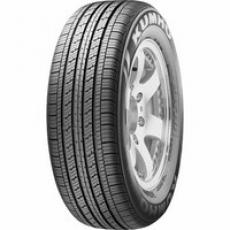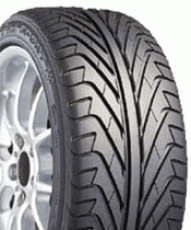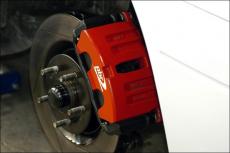This issue we have a story on understanding (and varying) gearing, based primarily on changing tyre diameter. The prompt for the story was the availability of a wide variety of on-line calculators that allow you to very easily correlate road speed with selected gear and engine rpm, and to see how overall gearing changes can be made by changing diff ratio or tyre size.
And there’s nothing at all wrong with those calculators – in fact, it’s easy to spend a few hours trialling all sorts of different combinations of numbers!
However, when looking at making major reductions to tyre rolling diameter, there is a trap that I wasn’t aware of.
And the trap?
Load index!
Load index is the rating given to a tyre that describes the maximum weight that should act through that tyre. The rating is indicated by a number that correlates to a vertical load (in kg or pounds). So for example, a tyre with a load rating of 89 has a maximum load of 580kg per tyre. (And at what tyre pressure does that apply? Again this is an area that most people don’t think about, but that load applies only at a specified inflation pressure – often 36 psi.) Load index tables can easily be found by a web search.
And what governs load index? Most references talk about the strength of the tyre (ie how many layers of steel reinforcement are used, for example) but in fact it also depends to a large extent on the volume of air trapped within the tyre.
And, as you go smaller in rolling diameter, that volume decreases!
Thus, changing gearing by reducing tyre diameter may be difficult if the load index of the smaller diameter tyre has decreased a great amount.
The minimum load index is a legal requirement as stated on the tyre placard. For example, my little Honda Insight, with 165/65 14 tyres, requires a minimum load index of 79 (or 78 in some markets). A load index of 79 means the tyres can cope with 437kg per tyre. That seems really high for this small car – the highest static load the Honda tyres would ever have to deal with is about 330kg – but that’s what the placard says.
If I wished to lower the gearing, changing the wheel size to 13 inch and going with 165/55 tyres (which would give about 10 per cent lower gearing) sounds good – until you realise that the load index of such tyres is only 70, or 335kg. A load index of 335kg is some 23 per cent lower than legal!
In fact, I found it impossible to find a tyre with a legal load index that gave a smaller rolling diameter on the Honda. To go further, I also found it hard to find any cars where these small tyres would be legal, their load indices being so low.
So if you’re thinking of reducing the volume of air inside the tyre (eg a by using a lower profile but keeping the same width, or a combination of smaller wheels and smaller tyres), check the load index of the available tyres first.
It’s honestly not an area I’d ever given much thought to.
 I am starting to wonder how much people should spend on tyres.
I am starting to wonder how much people should spend on tyres.
 Julian Edgar, 50, has been writing about car modification and automotive technology for nearly 25 years. He has owned cars with two, three, four, five, six and eight cylinders; single turbo, twin turbo, supercharged, diesel and hybrid electric drivelines. He lists his transport interests as turbocharging, aerodynamics, suspension design and human-powered vehicles.
Julian Edgar, 50, has been writing about car modification and automotive technology for nearly 25 years. He has owned cars with two, three, four, five, six and eight cylinders; single turbo, twin turbo, supercharged, diesel and hybrid electric drivelines. He lists his transport interests as turbocharging, aerodynamics, suspension design and human-powered vehicles.



